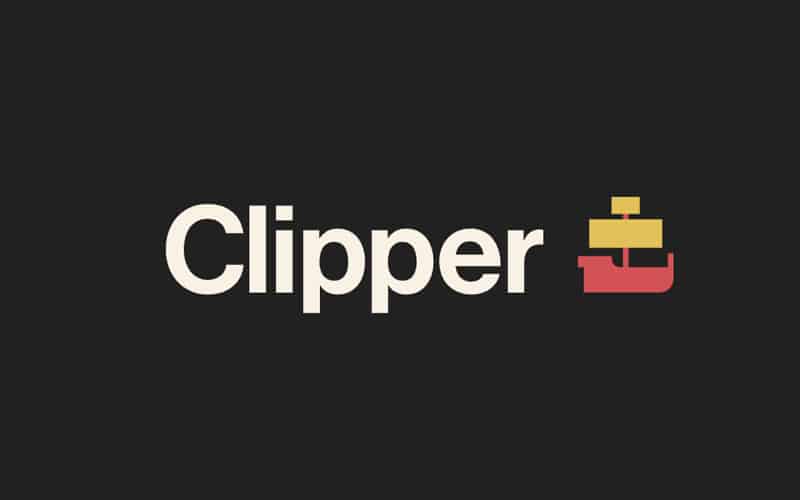Clipper is a decentralized exchange that focuses on meeting the needs of self-made traders instead of hedge funds and whales. Therefore, it ensures that they incur the lowest costs whenever they engage in any small-to-medium sized trades (involving <$10k) on the most popular crypto coins. This reduction in cost is made possible by its novel architecture and multiple design tradeoffs that forego price competitiveness in favor of better prices on retail trades. The platform was invented in 2021 by Mark Lurie and Abe Othman, individuals who are well-accomplished in their individual careers. They work with 9 other professionals.
Clipper overview
Clipper offers the following features to its users:
- RFQ architecture
The RFQ architecture implements Clipper on other chains that offer faster block times than Ethereum Mainnet.
- Bridging
The DEX supports bridging. It particularly applies the Nomad Bridge to transmit DAI, USDC, WETH, USDT, and WBTC onto the Moonbeam safely. For MOVR, the transmission is done through the Meter Passport Bridge, aiding the asset to move from Moonriver onto Moonbeam.
- Adventures
This feature provides the crypto community with an opportunity to take part in fun and educative activities with others and receive rewards in the process. Participants go through quests together with their ships and are required to finish all quests for their adventure to be considered successful.
- Multiple network support
The platform works with several networks, including Moonbeam, Polygon, Ethereum Mainnet, and Optimism.
- Design competitions
Clipper hosts merch design competitions, where pirates develop graphics and vote for the best ones. The graphics that get the most votes are sold on the platform’s store, and the winners receive prizes.
How does Clipper work?
You can participate in the following activities on the exchange::
- Provide liquidity
- Swap crypto assets
What can you buy on Clipper?
These are the few assets that Clipper allows you to trade:
- GMLR
- USDC
- USDT
- WETH
- WBTC
- DAI
- MOVR
- ETH
Is Clipper safe?
Clipper is considered to be safe. It doesn’t utilize a central server to control users’ data, so its risk of being hacked is very small. Also, you have total control of your funds because you carry out transactions directly with peers without involving third-parties. Furthermore, each trade you engage in is anonymous and encrypted, ensuring your privacy is protected.
Clipper fees, compatible wallets, and transactions
Several wallets are integrated into the platform, and they include MetaMask, WalletConnect, Coinbase Wallet, and Portis.
Each transaction you conduct on the DEX will attract a fee. The fee amount is measured in basic points (“bps”). The vendor explains that one basic point is equivalent to one percent of one percent, aka 0.01%. The fees are normally used to cover the cost of capital from liquidity providers. You will also pay gas fees for interactions on the Ethereum blockchain, but any gas that a transaction on Clipper didn’t consume will be reimbursed to the sender.
What are the ways to trade on Clipper?
There are a few trading options on clipper, and they are:
- Liquidity provision
The DEX allows traders to create liquidity pools so as to earn extra income. However, this function is not always available as it is normally closed when it reaches its desired value. This is done to ensure that small traders get the best prices.
- Swapping tokens
This entails exchanging one token for another and earning income in the process. Differences in value due to market volatility create a great opportunity for you to make considerable gains from many calculated swaps.
Customer support
Clipper provides various customer options for users. A detailed document containing information about the service is available. You can also ask questions and report any issues you encounter while using the app directly through email. Moreover, you are presented with the option of joining Discord, Twitter, Github, and Medium channels to remain updated on the latest news and exclusive events relating to the DEX.
